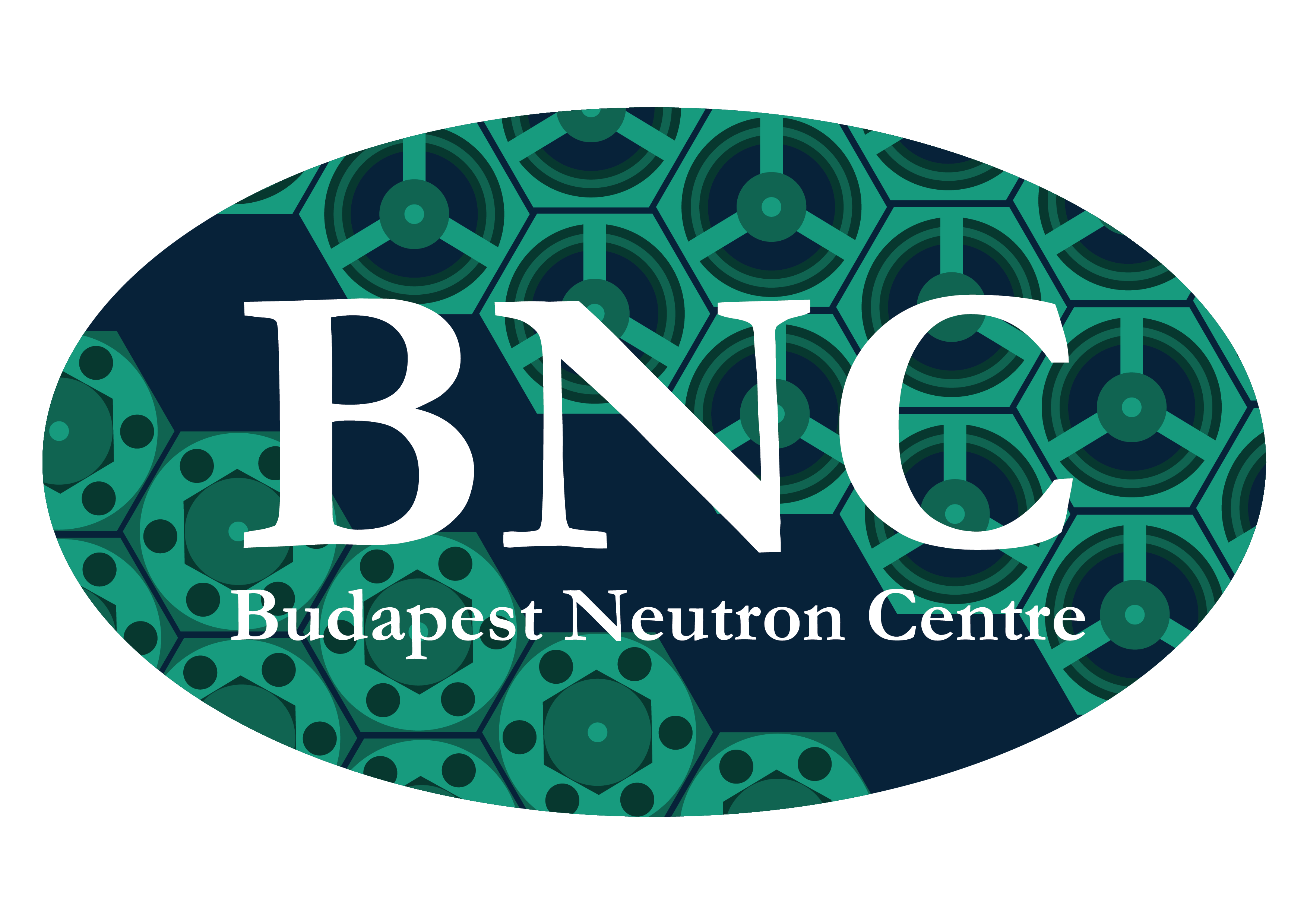RAD
RAD – Static/dynamic white-beam-neutron and X-ray imaging station
Instrument responsible: Zoltán Kis
Contact: rad@bnc.hu
Video introduction (short, longer)
Radiography utilizes the transmission of neutrons and photons to obtain visual information on the structure and/or dynamic processes inside of an object. The white-beam neutron imaging facility, RAD, is served by an in-pile, Cd-covered pin-hole-type collimator placed within the horizontal channel No. 2. The facility has variable measurement positions along the neutron beam path with a maximum beam diameter of ~200 mm, and is applicable for dynamic (DNR) and static (SNR) imaging with an L/D ratio of ~250. A beam filter wheel with options for thermal (sapphire filter), epithermal (Cd filter), and fast beams (Boron and lead filters) is in place to adjust the energy distribution of the beam. When the white beam is filtered by a 150 mm long sapphire crystal filter, a more thermal beam with a thermal neutron flux of 2.92×107 n cm-2 s-1 becomes available at the sample position (the epithermal and fast part of the beam was effectively suppressed to 8.19×103 n cm-2 s-1 and 8.36×105 n cm-2 s-1, respectively).
The RAD facility is also equipped with an optional, portable X‑ray tube (up to 200 kVp), allowing dual-modality imaging. Two motorized sample stages, one for small and one for large samples (with a maximum load of up to 250 kg) are available to support the investigated objects.
The image detection of the RAD station now relies on digital imaging equipment being able to carry out 2D and 3D imaging using suitable scintillation screens. The spatial resolutions of the available screens are as follows: scintillation screens for neutron radiography with a resolution between 70-250 μm; intensifying screens for X-ray radiography with a resolution of 100-200 μm. For better flexibility, an option is provided to apply larger or smaller fields of view (FOV) with lower and higher spatial resolution, respectively. Radiography and tomography are accomplished by a large area sCMOS camera. Interchangeably coupled to the digital camera, three different optical systems can be set up using the available lenses with 50 mm, 105 mm, and 300 mm fixed focal lengths, giving the different FOVs.
For the manipulation, reconstruction, and visualization of the 3D neutron and X-ray datasets (i.e., the tomographic images), the latest Fiji-ImageJ, Octopus 8.9, and VGStudio MAX 3.2 and KipTool software packages are used.
|
Beam energy distribution: |
radial thermal-neutron channel (white beam) |
|
Thermal-equivalent flux at target (at different distances): |
|
|
Thermal-to-epithermal flux ratio: |
51 |
| Fast neutron flux (E>2.1MeV, measured with the Ni-58(n,p)Co-58 reaction): |
2.7×107cm-2s-1 at 209 cm |
|
Collimator ratio (L/D) : |
210 - 250 |
|
Gamma dose rate: |
8.5 Gy/h |
|
X-ray sources: |
5-200 keV; 5-10 mA |
|
Field of view options: |
41×34 mm2, 110×93 mm2 or Ø200 mm |
|
Scintillator screens (thicknesses): |
|
|
Mirror: |
Al coated quartz mirror set at 45° to the beam |
|
Optics: |
|
|
Imaging detectors : |
|
|
Spatial resolution: |
70‑250 μm depending on the FOV and scintillators |
|
Exposure times: |
|
|
Sample stages: |
|
Table 1. Specifications of the RAD facility


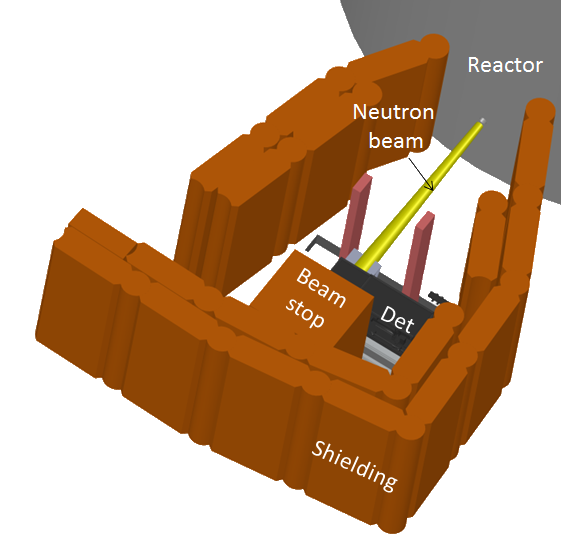
Figure 1. The layout of the RAD facility
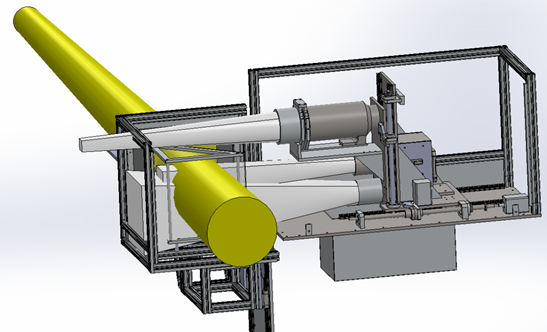
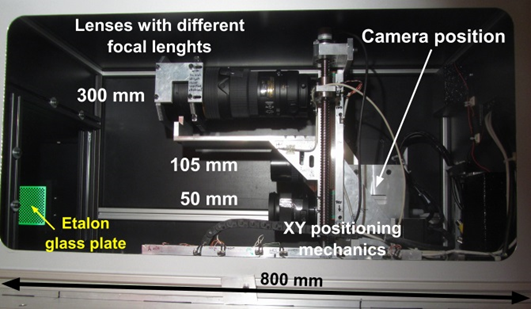
Figure 2. The optics of the detector system
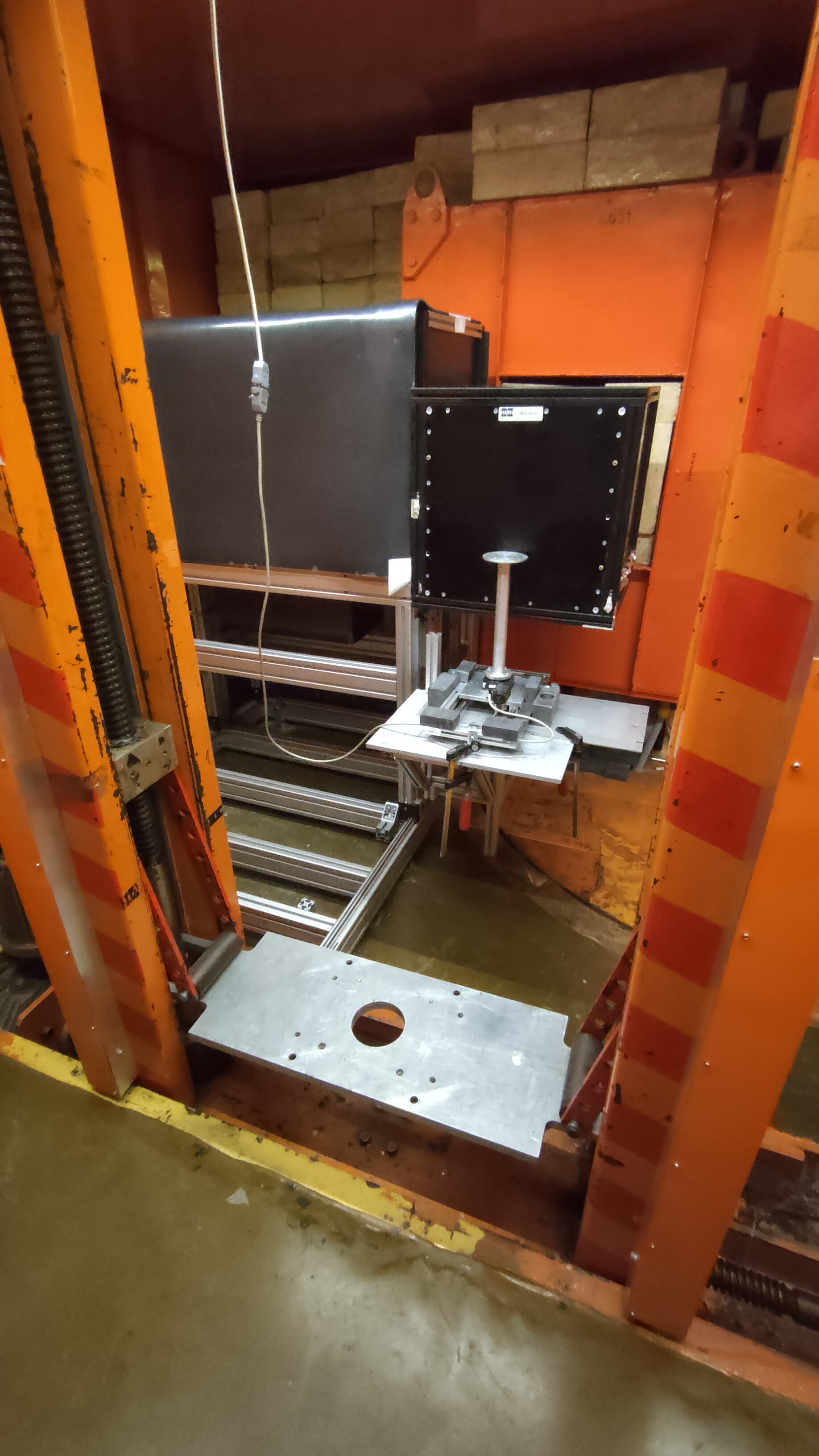
Figure 3. The digital imaging system of RAD and the sample manipulators for heavy or small objects
References:
Z Kis, L Szentmiklósi, T Belgya, M Balaskó, LZ Horváth, B Maróti. Neutron-based imaging and element-mapping at the Budapest Neutron Centre, Physics Procedia. 69 (2015) 40 – 47. DOI: 10.1016/j.phpro.2015.07.005
Szentmiklósi László, Kis Zoltán, Belgya Tamás, Maróti Boglárka, Horváth László Zoltán, Papp Mariann: Roncsolásmentes képalkotás neutronokkal és röntgensugárzással a Budapesti Neutron Centrumban, Fizikai Szemle 67/7-8 (2017) 240-244.
V. Szilágyi, Z. Kis, L. Szentmiklósi: Neutron Imaging for Archaeometry / A neutronos képalkotás archeometriai alkalmazása, Archeometriai Műhely 2016/XIII./3. (2017) 157-172
R. Zboray, R. Adams, Z. Kis: Scintillator screen development for fast neutron tomography and its application at the beamline of the 10 MW BNC research reactor, Appl Radiat Isot. 2018 Oct;140:215-223. doi: 10.1016/j.apradiso.2018.07.016
